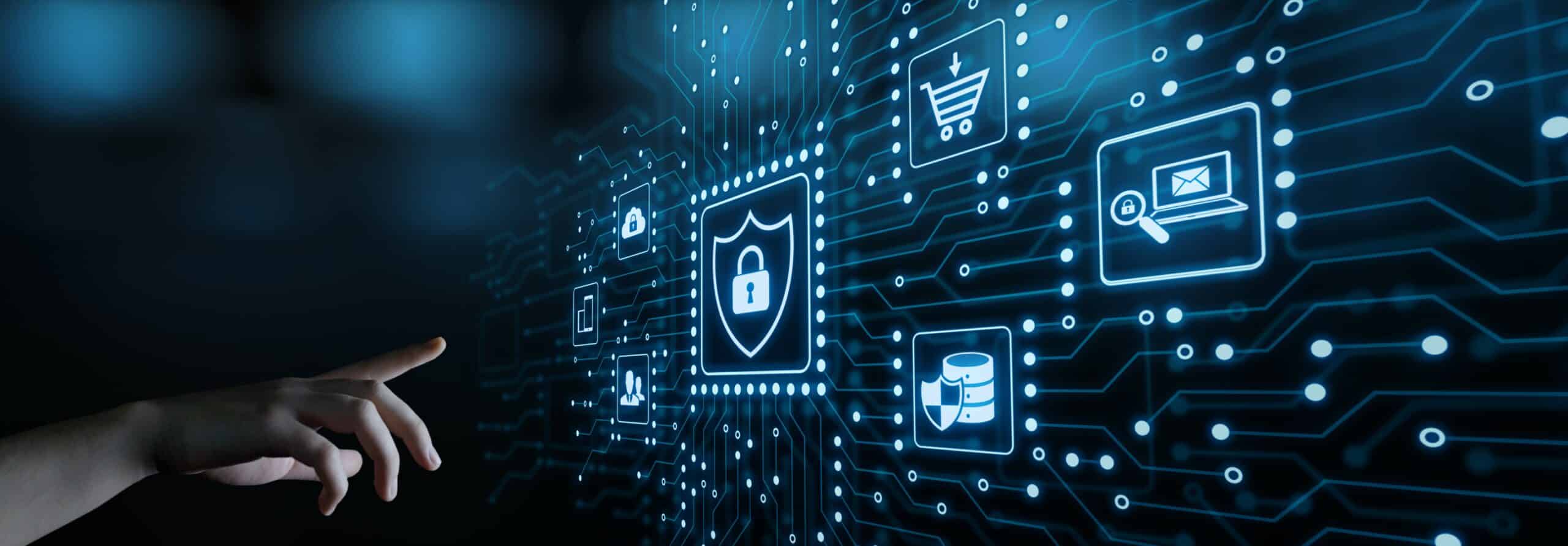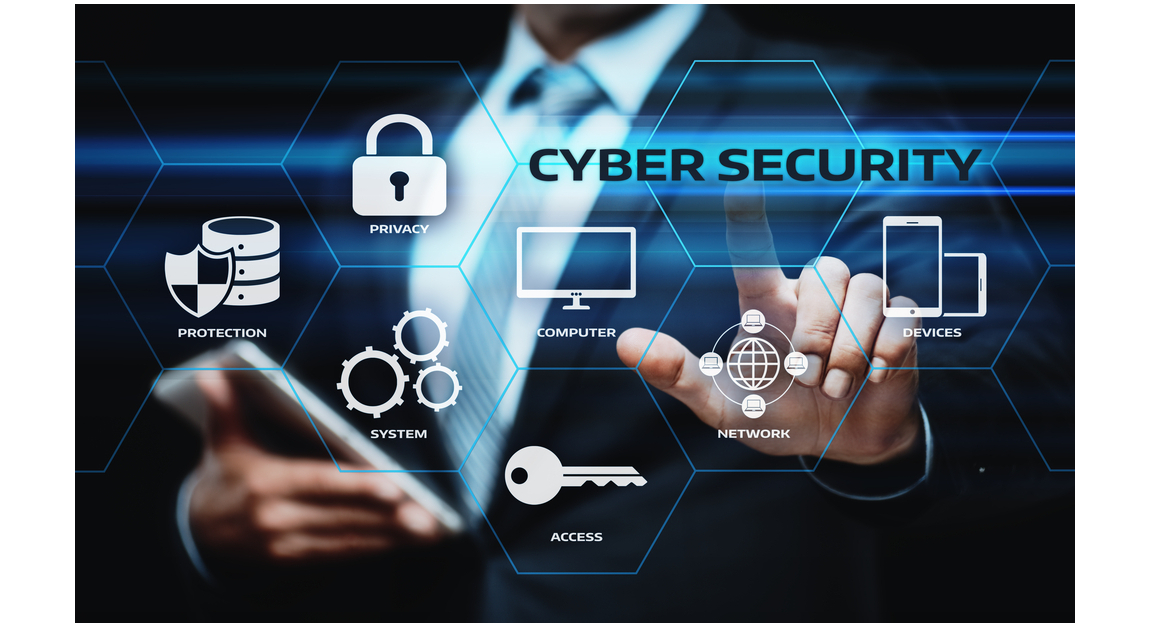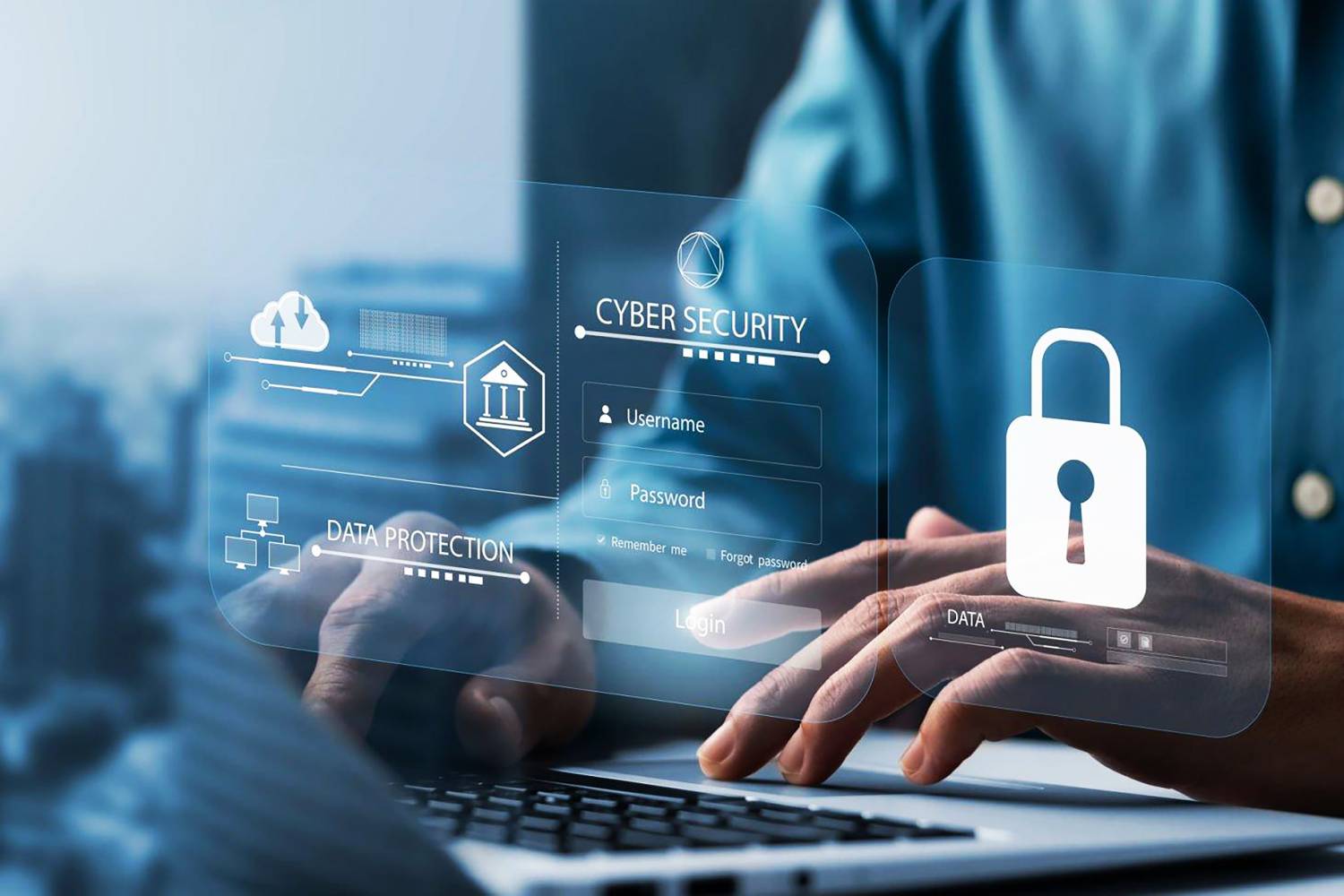Cybersecurity Awareness for Professionals
In today's interconnected professional environment, cybersecurity awareness is no longer optional—it's essential. This guide provides practical strategies to protect your professional data and digital identity from increasingly sophisticated cyber threats.
Understanding the Modern Cybersecurity Landscape
The professional cybersecurity landscape has transformed dramatically in recent years. Remote work, cloud computing, and the proliferation of digital tools have expanded the attack surface for cybercriminals, creating new vulnerabilities and challenges for professionals across all industries.
Today's professionals face a complex array of threats that include:
Targeted Attacks
Sophisticated attacks designed specifically for professionals with access to valuable organizational data or systems.
Social Engineering
Psychological manipulation tactics that trick users into revealing confidential information or performing actions that compromise security.
Evolving Malware
Advanced malicious software designed to evade traditional security measures and exploit new vulnerabilities.
Understanding these threats is the first step toward effective protection. Professional cybersecurity awareness requires continuous education, vigilant monitoring, and the implementation of appropriate safeguards.
The Impact of Cyber Attacks on Professionals
Personal Consequences
- Identity theft and financial loss
- Damage to professional reputation
- Potential legal liability
- Career impact from security breaches
Organizational Impact
- Financial damages and recovery costs
- Business disruption and downtime
- Loss of client trust and business
- Regulatory penalties and compliance issues
Essential Cybersecurity Practices for Professionals
1. Strong Authentication Strategies
Authentication is your first line of defense against unauthorized access. In today's high-risk environment, passwords alone are no longer sufficient.
Implementing Robust Authentication
Use Multi-Factor Authentication (MFA)
Enable MFA on all professional accounts and devices. This adds an essential layer of security by requiring multiple forms of verification before granting access.
Create Strong, Unique Passwords
Use complex passwords with a minimum of 12 characters, including a mix of uppercase and lowercase letters, numbers, and special characters. Never reuse passwords across different accounts.
Employ a Password Manager
Use a reputable password manager to generate, store, and autofill strong, unique passwords for all your accounts while only requiring you to remember one master password.
Implement Regular Password Changes
Update passwords regularly, especially for critical accounts or after potential security incidents. Aim for quarterly password rotations for sensitive accounts.
Passphrase Technique
Consider using longer passphrases instead of complex passwords. A passphrase like "correct-horse-battery-staple" is both easier to remember and potentially more secure than a shorter, complex password like "P@ssw0rd!"
2. Recognizing Social Engineering Attacks
Social engineering attacks remain among the most effective methods used by cybercriminals to compromise professional accounts and systems. These attacks target human psychology rather than technical vulnerabilities.
| Attack Type | Warning Signs | Defensive Tactics |
|---|---|---|
| Phishing Emails |
|
|
| Vishing (Voice Phishing) |
|
|
| Pretexting |
|
|
The key to defending against social engineering is maintaining a healthy skepticism toward unexpected communications and requests, especially those involving sensitive information or account credentials.
3. Secure Communication Practices
Professional communication often involves sensitive information that requires protection from unauthorized access.
Email Security
- Enable email encryption for sensitive communications
- Verify recipient addresses before sending confidential information
- Use secure file-sharing platforms instead of email attachments for sensitive documents
- Be cautious with auto-forwarding rules that might expose data
- Regularly clean your inbox of sensitive information
Messaging Security
- Use end-to-end encrypted messaging platforms for sensitive conversations
- Enable disappearing messages for confidential discussions
- Avoid sharing credentials or sensitive data through chat applications
- Be aware of who has access to group conversations
- Verify the identity of unknown contacts before engaging
4. Data Protection Strategies
Safeguarding professional data requires a comprehensive approach that addresses both digital and physical security concerns.
Essential Data Protection Practices
Data Classification
Categorize professional data based on sensitivity and implement appropriate security controls for each category.
Encryption
Employ encryption for sensitive data both in transit and at rest. This includes device encryption, encrypted connections (HTTPS, VPN), and file-level encryption for confidential documents.
Access Control
Implement the principle of least privilege, granting access only to the specific data and systems necessary for job functions. Regularly review and update access permissions.
Data Backup
Maintain regular backups of important data following the 3-2-1 rule: 3 copies of data, on 2 different media types, with 1 copy stored off-site or in the cloud.
5. Secure Remote Work Practices
The shift to remote and hybrid work models has introduced new cybersecurity challenges for professionals. Securing your home office environment is essential for protecting both personal and organizational data.
Remote Work Security Checklist
Use a secure and dedicated work device separate from personal devices when possible
Secure your home network with strong Wi-Fi passwords and WPA3 encryption
Use a VPN when accessing company resources or sensitive information
Keep your router firmware updated and change default administrator credentials
Be mindful of your physical workspace, ensuring sensitive information isn't visible during video calls
Secure IoT devices on your home network or place them on a separate network
Lock your computer when stepping away, even at home
Incident Response: What to Do When Security is Compromised
Even with the best preventive measures, security incidents can still occur. Knowing how to respond effectively is crucial for minimizing damage and recovering quickly.
Incident Response Steps:
-
1
Identify and Isolate
Recognize signs of compromise (unusual activity, unexpected messages) and disconnect affected devices from networks to prevent further damage.
-
2
Report the Incident
Notify your IT security team or designated security contact immediately. Time is critical in effective incident response.
-
3
Change Credentials
Change passwords for affected accounts using a different, secure device. Start with most critical accounts and expand outward.
-
4
Document Everything
Record all details about the incident, including timeline, affected systems, and actions taken. This documentation is valuable for security investigations.
-
5
Follow Recovery Procedures
Work with IT security to restore systems from clean backups and implement additional safeguards to prevent future incidents.
Building a Cybersecurity Mindset
Effective cybersecurity requires more than just technical solutions—it demands a security-oriented mindset that influences daily decisions and behaviors.
Developing Security Awareness
- •
Stay Informed
Follow credible cybersecurity news sources to stay updated on emerging threats and best practices
- •
Adopt a Zero-Trust Approach
Verify before trusting, even for communications and requests that appear to come from known sources
- •
Practice Defense in Depth
Implement multiple layers of security controls rather than relying on a single protective measure
- •
Embrace Continuous Learning
Regularly update your security knowledge through training, webinars, and professional development
Promoting a Security Culture
- •
Lead by Example
Demonstrate good security practices in your professional interactions and encourage colleagues to do the same
- •
Report Suspicious Activities
Create an environment where security concerns are reported without fear of blame or retaliation
- •
Share Knowledge
Discuss security topics with colleagues and share relevant insights about potential threats or protective measures
- •
Participate in Security Initiatives
Actively engage in organizational security training, assessments, and awareness campaigns
Frequently Asked Questions
How often should I update my passwords?
Instead of following a fixed schedule, focus on creating strong, unique passwords and changing them when there's a reason to suspect compromise. Always change passwords immediately after a known breach, when you've used a public computer, or when sharing access with someone who no longer needs it. For critical accounts, consider quarterly updates as a minimum standard.
Is it safe to use public Wi-Fi for work tasks?
Public Wi-Fi networks present significant security risks. If you must use public Wi-Fi for work, always connect through a corporate VPN first. For sensitive tasks, consider using your mobile phone's hotspot feature instead. Never access financial, healthcare, or highly confidential information over public networks without proper encryption.
What should I do if I suspect my work device is infected with malware?
If you suspect malware infection, immediately disconnect from networks (both wired and wireless), document any unusual behaviors or error messages, and contact your IT security team. Don't attempt to remove the malware yourself or continue using the device for work purposes until it has been cleared by security professionals.
How can I securely share sensitive files with colleagues?
Use organization-approved secure file sharing platforms with encryption and access controls. Set appropriate permissions and expiration dates for shared files. For highly sensitive information, consider password-protecting the files themselves and sending the password through a different communication channel than the file link.
Conclusion: Cybersecurity as a Professional Skill
Cybersecurity awareness is no longer just an IT responsibility—it's a core professional skill. In today's digital workplace, each professional must take an active role in protecting sensitive information and maintaining secure digital practices.
By implementing strong authentication methods, recognizing social engineering attempts, securing communications, protecting data, and knowing how to respond to incidents, you significantly reduce your vulnerability to cyber threats while contributing to your organization's overall security posture.
Remember that cybersecurity is an ongoing journey rather than a destination. Stay informed about emerging threats, regularly reassess your security practices, and continue building your cybersecurity knowledge to maintain effective protection in an evolving digital landscape.
Enhance Your Cybersecurity Knowledge
Al Mithaq Institute offers comprehensive cybersecurity courses designed for professionals across all industries.
Explore Our Courses






